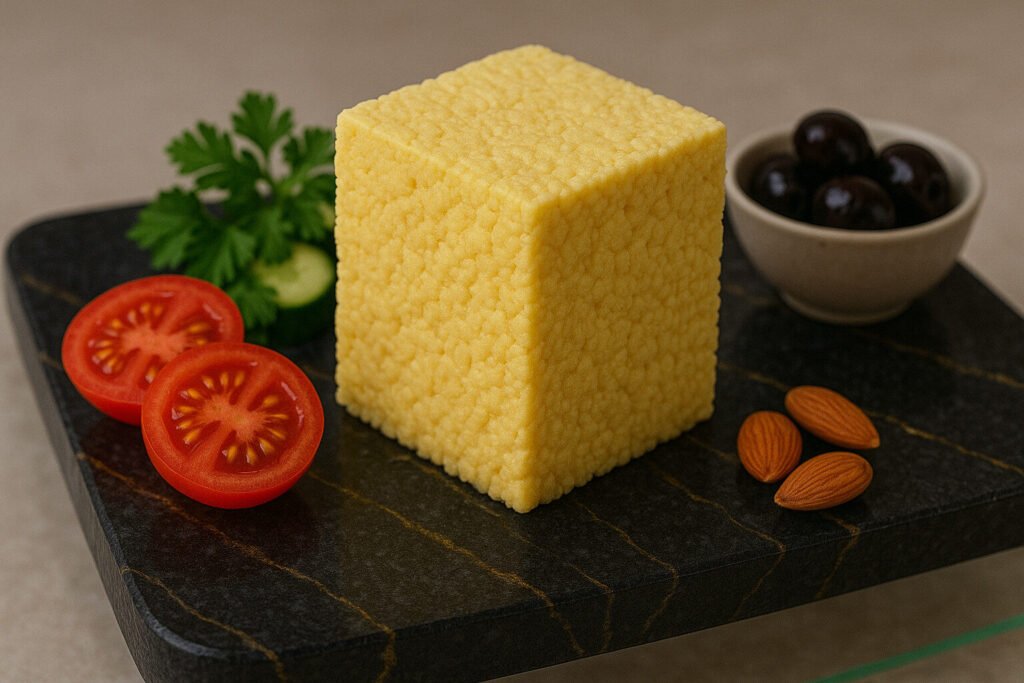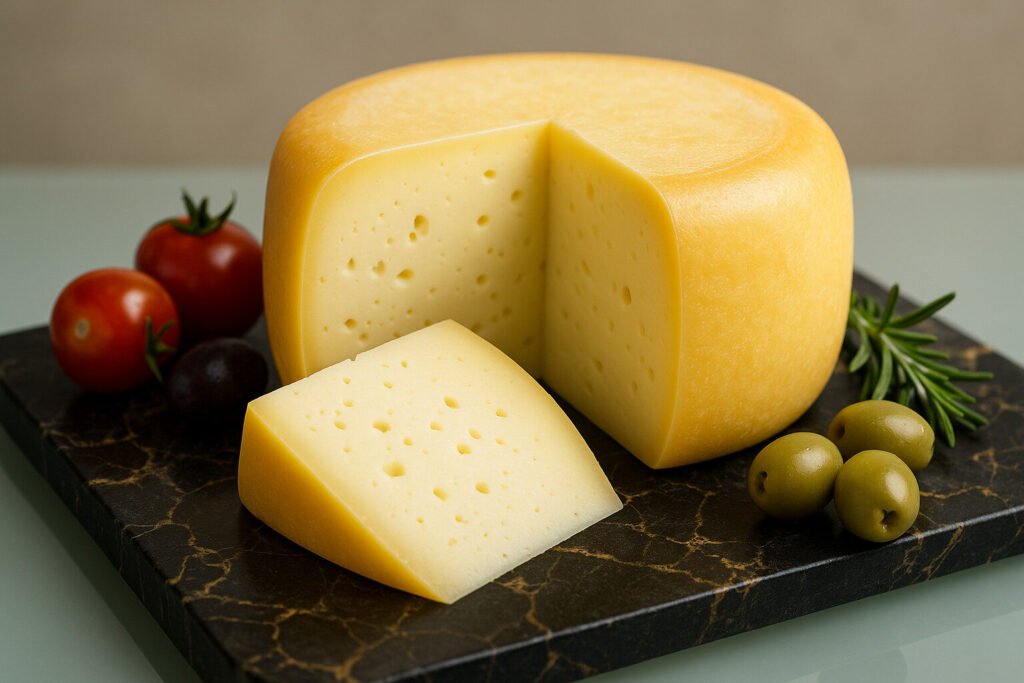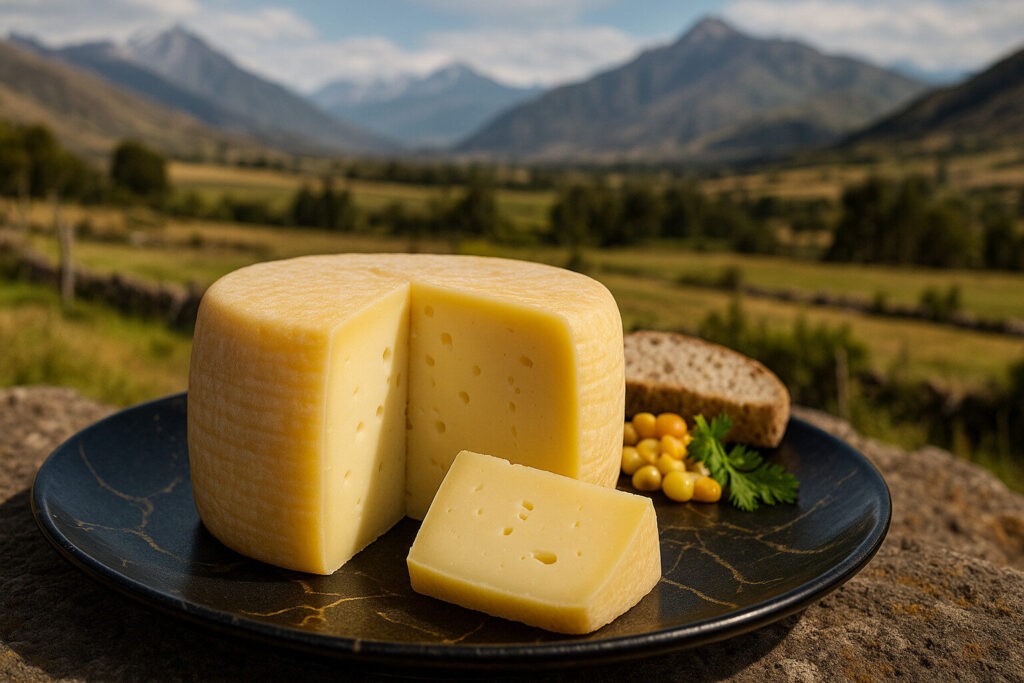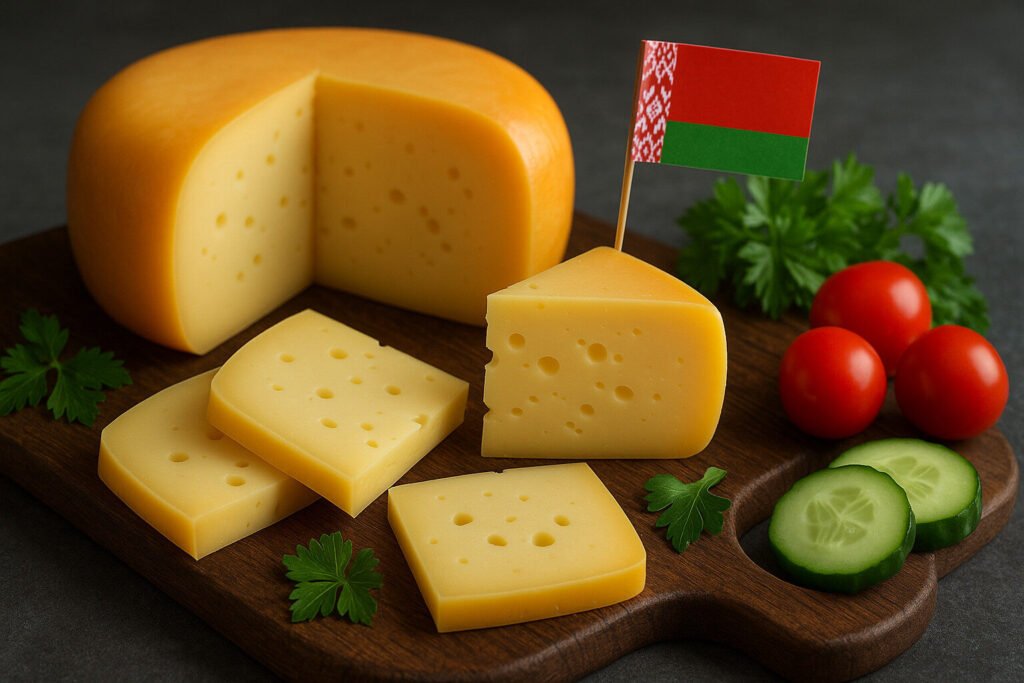Wax-Coated Rind Cheese
Definition and Scope
Wax-coated rind refers to a protective layer applied to cheese surfaces during aging. This technique creates a barrier against moisture loss and external contaminants. It is commonly used on semi-hard and hard cheeses to maintain consistent texture.
The wax coating prevents natural rind formation by blocking air exposure. This method distinguishes wax-rind cheeses from bloomy, washed, or natural rind varieties. Producers typically apply food-grade paraffin or specialized cheese wax in colored layers.
Production Process
Cheeses destined for wax coating are first aged briefly to form initial stability. They must be completely dry before wax application to prevent moisture trapping. The wax is heated to liquid state and carefully brushed or dipped onto cheese surfaces.
After coating, cheeses continue aging in controlled environments for weeks to years. The wax layer remains intact throughout maturation, requiring no turning or washing. Final products feature a smooth, impermeable exterior that simplifies storage and handling.
Sensory Profile
Wax-coated cheeses typically exhibit firm, dense textures with minimal surface influence. The interior paste develops clean, concentrated flavors unaffected by surface molds or bacteria. Moisture content remains stable, preventing unwanted crystallization or drying.
Flavor profiles range from mild and buttery to sharp and crystalline depending on aging duration. The wax barrier preserves original milk characteristics without introducing earthy or fungal notes. Texture remains consistent from center to edge due to uniform moisture distribution.
Culinary Applications
Wax-rind cheeses excel for slicing, cubing, and melting applications due to their stable structure. They perform well in cooked dishes where consistent texture is valued. The protective coating makes them ideal for travel and extended pantry storage.
These cheeses often feature in sandwiches, baked dishes, and cheese boards where neat presentation matters. The wax removal before serving eliminates any rind consumption considerations. Their reliability makes them popular for institutional and food service use.
Regional Examples
English territorial cheeses frequently employ wax coating, particularly clothbound cheddars. Gouda from the Netherlands commonly features red or yellow wax protection. These traditions date back centuries as practical preservation methods.
American artisanal producers often wax-wrap jack-style cheeses and aged goudas. Specific examples include Wisconsin waxed cheddar and Dutch Maasdammer. The technique remains relevant in both traditional and modern cheese-making regions worldwide.




